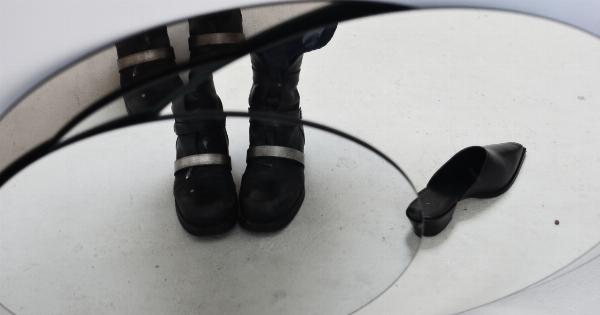Feet are often the most neglected part of our body. However, they can reveal a lot about our overall health. Pain, swelling, discoloration, and even the shape of our feet can provide important clues that should not be ignored.
In this article, we will discuss several foot conditions and what they can tell us about our health.
Swelling
Swollen feet are often indicative of fluid buildup in the body. This can result from several underlying conditions including heart, kidney and liver diseases.
If you experience swelling with other symptoms such as difficulty breathing, chest pain, or abdominal discomfort, it is important to seek medical attention right away.
Pain
Pain in the feet is a common complaint and can be caused by various factors such as overuse, injury, or an underlying medical condition.
Plantar fasciitis, a condition that causes pain in the heel and arch of the foot, is often caused by inflammation of the tissue that connects the heel bone to the toes. Gout, a form of arthritis, can also cause sudden and severe pain in the foot. If you experience persistent pain in your foot, it is important to see a doctor to determine the underlying cause and appropriate treatment.
Numbness and tingling
Numbness and tingling in the feet can result from a variety of conditions including nerve damage, vitamin deficiencies, and certain medications. Diabetes is a common cause of nerve damage in the feet, which can result in loss of sensation.
If you experience numbness or tingling in your feet, it is important to talk to your doctor to identify the underlying cause and appropriate treatment.
Cold feet
Cold feet can be a result of poor blood circulation. This can be indicative of underlying conditions such as peripheral artery disease (PAD) or Raynaud’s disease.
PAD occurs when plaque builds up in the arteries that supply blood to the feet, while Raynaud’s disease causes narrowing of the blood vessels in the feet in response to cold temperatures or stress.
Bunions
A bunion is a bony bump that forms on the joint at the base of the big toe. This can result in pain, swelling, and deformity of the foot.
Bunions are often caused by the use of tight or ill-fitting shoes, as well as certain medical conditions such as rheumatoid arthritis. If you experience persistent pain or swelling in your foot, it is important to see a doctor to determine the underlying cause and appropriate treatment.
Corns and calluses
Corns and calluses are thick, hardened layers of skin that form on the feet as a result of friction or pressure. They are often caused by wearing ill-fitting shoes or engaging in activities that put extra pressure on the feet.
While they are generally not serious, they can cause pain and discomfort. If you experience persistent pain or discomfort as a result of corns or calluses, it is important to see a doctor to determine the underlying cause and appropriate treatment.
Flat feet
Flat feet occur when the arch of the foot collapses, which can cause pain, discomfort, and difficulty walking.
While flat feet are often a normal variation of foot structure, they can also be caused by certain medical conditions such as cerebral palsy or muscular dystrophy. If you experience persistent pain or discomfort as a result of flat feet, it is important to see a doctor to determine the underlying cause and appropriate treatment.
Ingrown toenails
Ingrown toenails occur when the edge of the toenail grows into the skin, causing pain, swelling, and infection. Ingrown toenails are often caused by wearing tight or ill-fitting shoes, as well as improper toenail trimming.
If you experience persistent pain or infection as a result of an ingrown toenail, it is important to see a doctor to determine the underlying cause and appropriate treatment.
Toenail discoloration
Toenail discoloration can be indicative of several underlying conditions such as toenail fungus or psoriasis. Toenail fungus is a common infection that can cause the toenails to become thick, discolored, and brittle.
Psoriasis can cause red, scaly patches to form on the skin around the toenails. If you experience persistent discoloration or changes in your toenails, it is important to see a doctor to determine the underlying cause and appropriate treatment.
Conclusion
Our feet are often the most neglected part of our body, but they can reveal a lot about our overall health. Pain, swelling, discoloration, and even the shape of our feet can provide important clues that should not be ignored.
If you experience persistent foot pain or discomfort, it is important to see a doctor to determine the underlying cause and appropriate treatment.




























